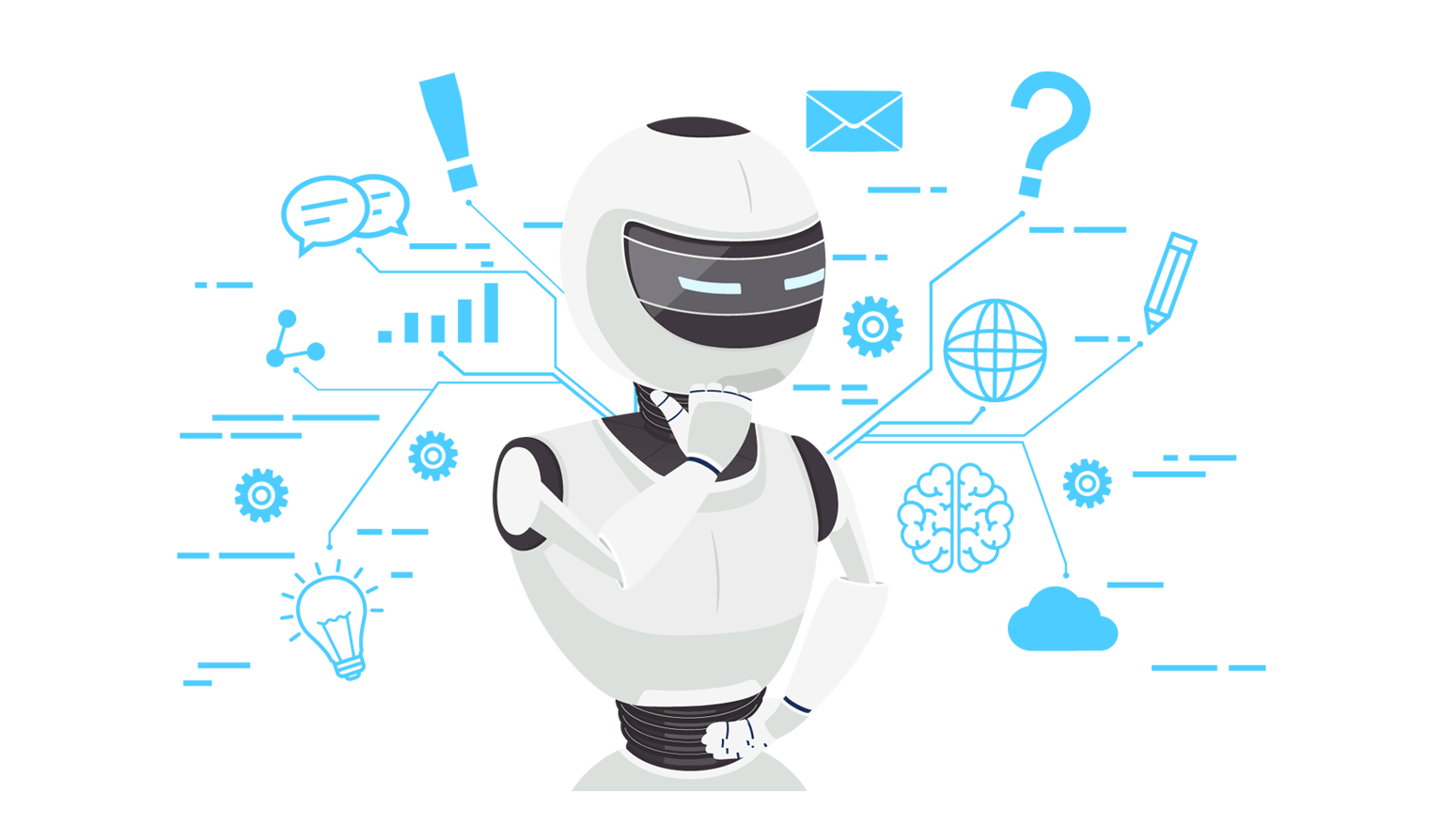The problem with the modern days of security is that, the techniques security companies are using to secure their products are also being used by hackers.
While the techniques indeed are becoming more efficient and productive in evading hackers, but still hackers can be at least one step ahead. What this means, hackers can sometimes do things better.
Battling this problem, companies are using advanced AI techniques and leverage algorithms to ensure better cybersecurity. Here, the companies turn proactive in protecting their products. But the problem persists as many customers don't actually know how these AI systems really work, and how to take care of them.
Many organizations often believe that advanced security powered by AI can solve their security problems once and for all. With advanced machine learning, they think that the system can work on its own, without their supervision.
They think that once the devices are installed, the advanced system will allow them to sit back and relax - plug and forget. This attitude is definitely wrong.
The more advanced a system is, the more security holes the systems can have.

AI was created to aid humans, and here we've expanded the technology to include more businesses and industries.
By including AI into security, we are creating more possible security holes hackers can hack into. Hackers have long used techniques and tools to breach database and websites, to compromise our data and our security. With AI in securing things, hackers are using similar strategies to hack into their targets.
AI can make a system detect possible attacks. When it sees one potential hack, the system that is based on machine learning and advanced analytics, can alert the administrators of the system, telling them that they are under attack.
While security systems can defend against many types of attacks, it’s just a matter of time before the hackers succeed.
This is because at the heart of these AI security, the systems learn by observing patterns in data, and make assumptions about what they mean. Hackers can do a lot of things to trick these AI systems in order to turn them against their owners.
There are several ways hackers can do that.
First, hackers can inject malware to input false data for the security system to read, with the aim to disrupt the patterns the machine learning algorithms use to make their decisions. With the false data, the intelligent security system can be tricked to be friends with the hackers, allowing the hackers to get a free pass into the system.
There are other ways too.
For example, fooling an AI-based image recognition system using adversarial attacks. Another tactic involves the hackers in inserting signals and processes that will train the AI security systems, tricking them to think that hacking attacks are relevant behavior.
Hackers can also train AI security systems by changing and replacing log files. Even by only manipulating their timestamps or metadata, for example, hackers can confuse machine learning algorithms.

Users of AI-powered security systems can protect themselves against these kind of attacks. But to do that, they need to be proactive.
The great strength of AI has the potential to be its downfall. With efforts from the companies that build them, and with proper securing from users, these AI systems should get better and more secured. Here are the ways to do that:
- Carefulness: The first thing users must do, is to increase their willingness to engage with security procedures. Users of these systems should always keep an eye on how their security systems operate.
- Hardening the AI: One tactic hackers use to trick AI systems, is to confuse it with false data. Usually, the data is low on quality, and this is why creators of these security systems should be able to encounter this kind of data to prevent the AI from learning it.
- Analyzing the log files: Users must examine the timestamps on log files to determine whether they have been tampered with.
- Attention to malware and basic security: Hackers can use malware to exploit security holes. Here, users must ramp up their defenses against some of the most basic attacks that come from malware attacks.
- Educating employees: From avoiding phishing scams to double-check on links. Employees of companies that use AI security systems must know how to deal with hack attempts that can happen all the time.<.li>